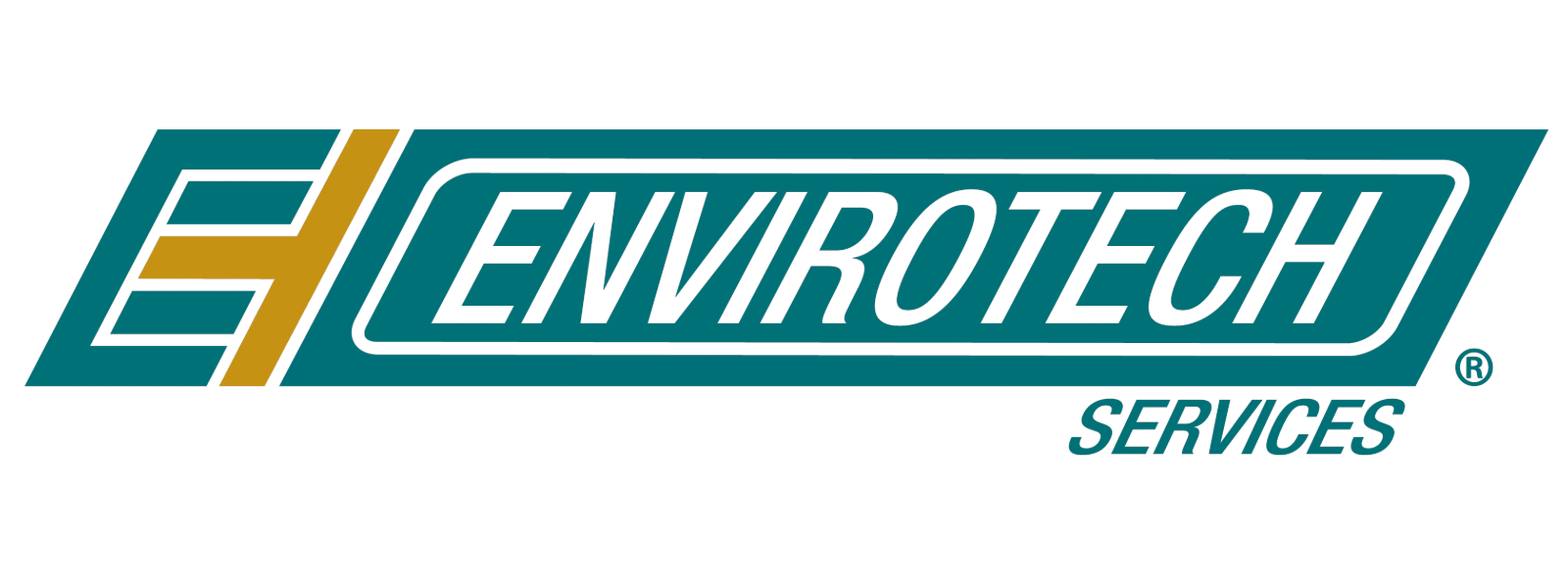Treating or pre-wetting salt stockpiles has many advantages such as ensuring salt flow for stockpile movement and salt application, as well as reducing material loss due to bounce and scatter during application. Salt treatment can also improve melting capacity, melting time and melting. However, if a substandard liquid treatment is used to pre-wet a salt stockpile, leaching can prevent these advantages from being realized.
Salt treatment, or pre-wetting, has been in practice for more than 20 years. A 2005 survey of road maintenance operations found the average experience with pre-wetting salt, up to that year, was 10 years (O'Keefe & Shi, 2005). A follow-up study in 2014 found that 50% of road maintenance operations pre-wet 100% of solid deicers used, and 80% of respondents used treated salt in some quantity (Cui & Shi, 2014). The practice of salt treatment has been used frequently over many years because of the substantial improvement to salt performance. It has become a vital practice for road maintenance operations over the past decade.
Treatment leaching can be a major problem when pre-wetting salt. Treating a salt stockpile in advance of salt use allows for a main pre-wetting advantage to be realized: pre-wetted salt flows more freely. Additionally, treating in advance allows for preparation, i.e. one fewer step to execute at the time of a snow event. Untreated salt stockpiles tend to clump and “freeze”, making it extremely difficult to work with, and subsequently spread. However, if liquid salt treatment leaches out of a salt stockpile rapidly, the product is wasted, and the advantages of salt pre-wetting are lost. Because of this risk, there can be a tendency in the industry to treat salt immediately prior to a snow event or at the salt spinner during application. No matter when the salt is treated, it is crucial to use a high-quality product to achieve maximum benefits.
In order to quantify the extend of liquid treatment, our experts at EnviroTech Services conducted the first in a series of leaching studies. In this study, our experts tested three competitor pre-wetting products against SOS™ by Envirotech, as well as two commodity products, Magnesium Chloride (MgCl2) and Calcium Chloride (CaCl2). SOS™, Competitor 1, and Competitor 2 are all products manufactured specifically for the purpose of salt pre-wetting.
These commonly used pre-wetting liquids were tested on Kansas rock salt. The Kansas rock salt was pre-wet with the equivalent of 5 and 10 gallons per ton treatment rates of pre-wetting, thoroughly mixed, and poured in Imhoff cones for daily observation (see Figures 1 and 2). The environmental conditions were consistent across samples at temperatures between 72.0°F and 73.6°F, humidity between 25% and 35% and sea level pressure between 29.75in and 30.02in. Liquid product that leached from the treated salt and dripped from the Imhoff cones was collected and weighed each day for eight days. The quantities of product leached are given in Graphs 1 and 2.

 Figures 1 and 2: Imhoff cones filled with treated salt; Illustration of product leaching. (Treatment liquids dyed for visibility.)
Figures 1 and 2: Imhoff cones filled with treated salt; Illustration of product leaching. (Treatment liquids dyed for visibility.)

Graph 1: Leaching Rates (Grams/Day) of Treatment at Application Rate of 5 gal/ton.

Graph 2: Leaching Rates (Grams/Day) of Treatment at Application Rate of 10 gal/ton.
As can be seen from the graphs above, the products specifically manufactured as a dry salt treatment generally adhere to the salt better, and thus, leach less. Standard commodity products that may provide some benefit to the melting time, capacity and effective temperature of dry salt leach out of salt at an extremely rapid pace. Indeed, at a 5 gallons per ton treatment rate, both Magnesium Chloride and Calcium Chloride lost approximately 24% of the treatment liquid applied over 8 days, and at 10 gallons per ton they lost approximately 31%.
Throughout the course of observation, SOS™ did not leach at all at both 5 and 20 gallons per ton, thus outperforming the other common treatment liquids tested in this study. All other liquids leached off the salt at a progressively increasing rate, with one exception (Competitor 1 leached at a consistent rate over the course of the observation period), indicating that over time the entirety of the product would leach out of the salt to which it was applied.
Additional testing at lower temperatures and higher humidity levels will explore the leaching characteristics of SOS™ and other common pre-wetting liquids in different environmental conditions.
EnviroTech Services, Inc.® developed the SOS™ family of products to provide customers with an easy-to use, highly effective salt treatment. EnviroTech’s proprietary formulation was specifically engineered to improve the effectiveness, efficiency and longevity of solid deicers while adhering to salt for long periods of time.
Click here for the complete report and more information on the SOS™ family of products.
To learn more about exactly what products can serve you best, request an evaluation below.

